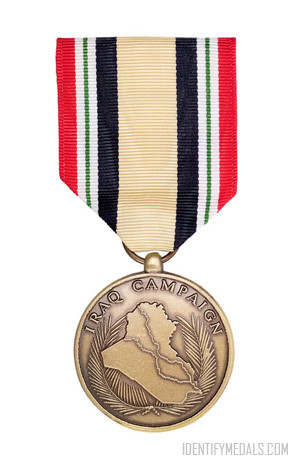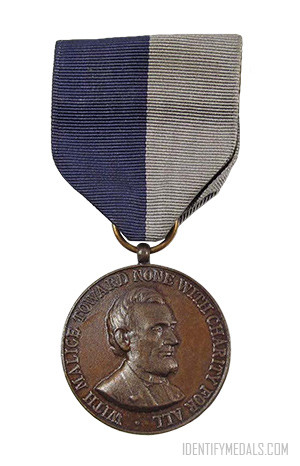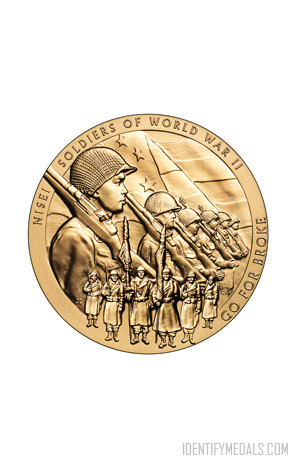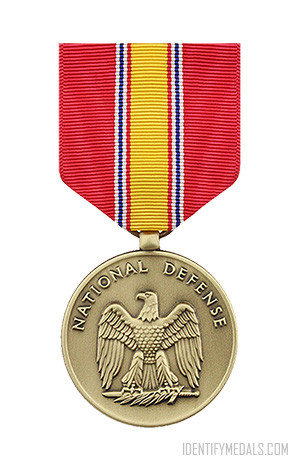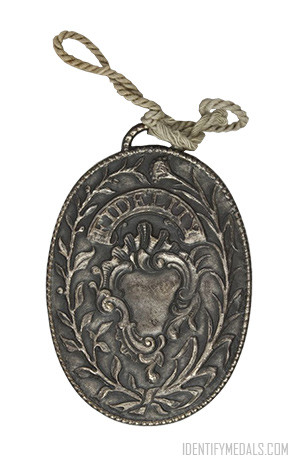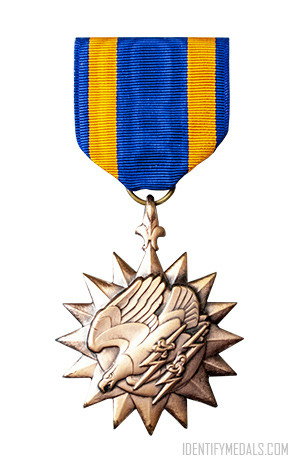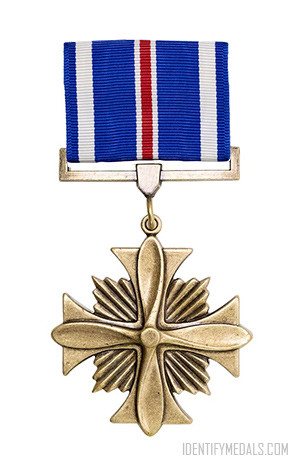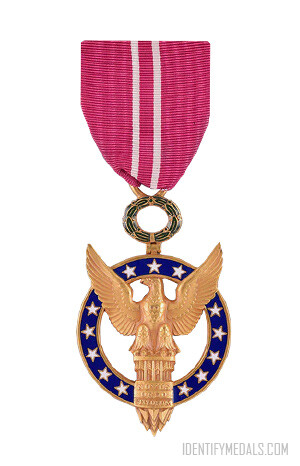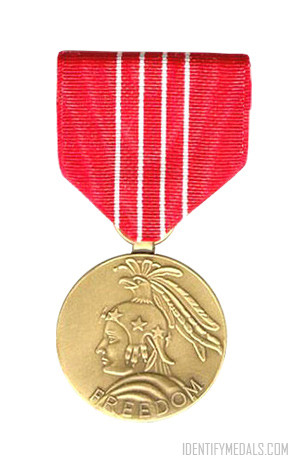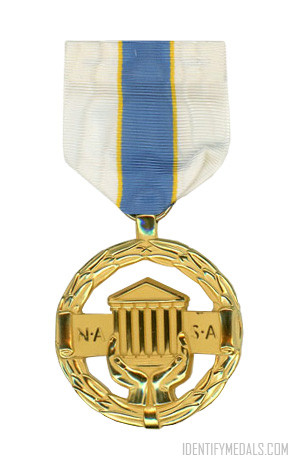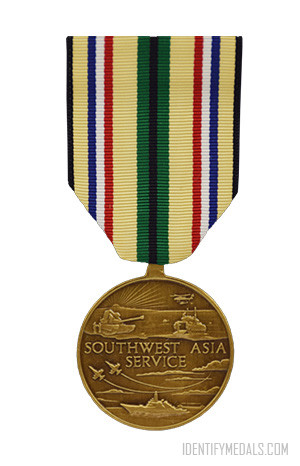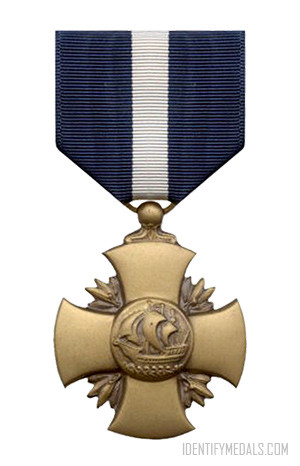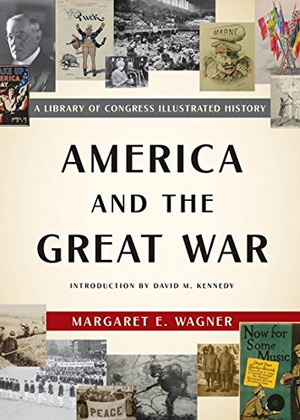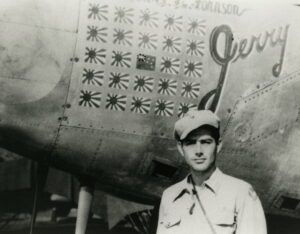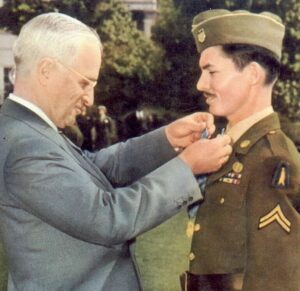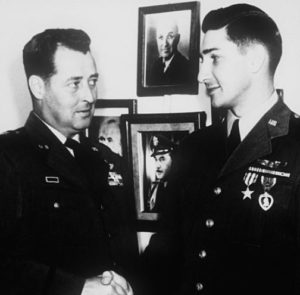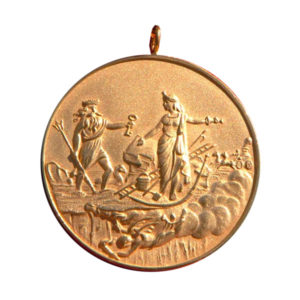- Time Period: Post-WW2
- Institution: 29 November 2004
- Country: United States
The Iraq Campaign Medal (or ICM) is a military award of the United States Armed Forces which was created by Executive Order 13363 of U.S. President George W. Bush on 29 November 2004, and became available for general distribution in June 2005.
The Iraq Campaign Medal was awarded to any member of the U.S. military who performed duty within the borders of Iraq (or its territorial waters) for a period of thirty consecutive days or sixty non-consecutive days. The medal was also awarded posthumously to any service member who died in the line of duty within Iraq, including from non-combat injuries such as accidents and mishaps.
The Iraq Campaign Medal replaced the Global War on Terrorism Expeditionary Medal (GWOT-EM) for service in Iraq from 19 March 2003, through 30 April 2005.
The Iraq Campaign Medal Design
The medal was designed by the U.S. Army Institute of Heraldry. The medal is bronze in appearance, 1 1⁄4 inches (32mm) in diameter.
The obverse depicts a north-oriented relief of the map of Iraq, surmounted by two lines representing the Tigris and Euphrates rivers throughout, superimposed over a palm wreath. Above is the inscription “IRAQ CAMPAIGN.” On the reverse, the Statue of Freedom surmounts a sunburst, encircled by two scimitars pointing down with the blades crossing at the tips. Below is the inscription “FOR SERVICE IN IRAQ.”
The medal is suspended from a ribbon 1 3⁄8 inches (34.9 mm) wide. The stripes of the ribbon invoke the colors of the Iraqi flag and are: 5⁄32 inch scarlet at the edges, followed by 1⁄16 inch white, 1⁄32 inch green, and 1⁄16 inch white. The white is separated by a 5⁄32 inch black with a 7⁄16 inch stripe in chamois in the center.

